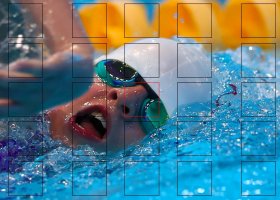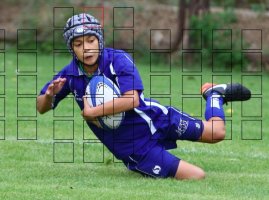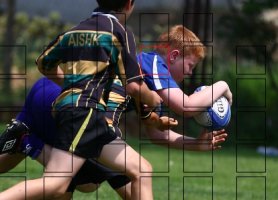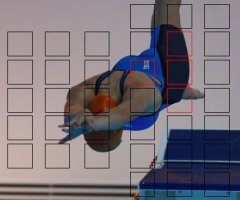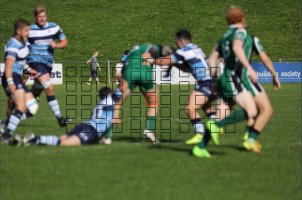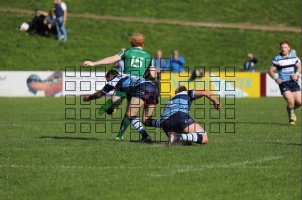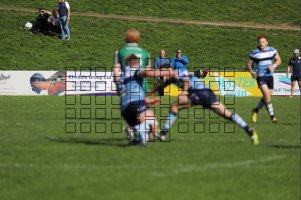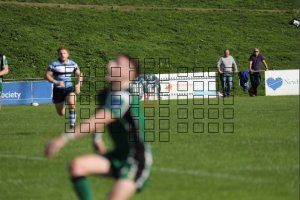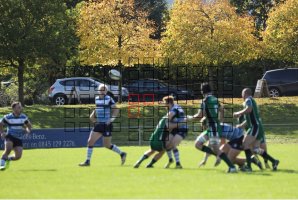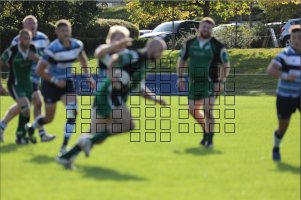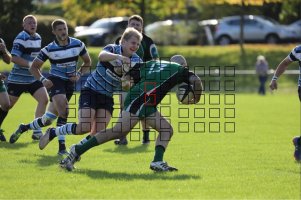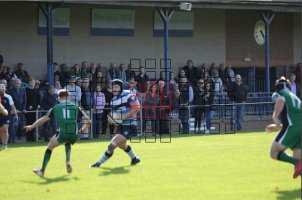The 5D mk 4 with the 100-400 ii is my favourite combination for sports as well. I find that 100-400ii is just the right focal length for rugby and football and it is not too heavy. I did rent a 200-400 F4 with the built in extender for one match but it is enormous and it really slowed me down, so I went back to the 100-400 ii.Doug Brock said:Yes, I've seen improved sports AF with the 5DIV, but then I'd consistently read that the 5DIV had significantly better AF than the 5DIII, so I was pleased but not really surprised. I don't take advantage of frame rates very often (I generally shoot one frame at a time, trying to time my shot with the action), but when I have held the shutter, the 5DIV did FEEL faster than the 1 fps improvement would have indicated. I recently bought Lexar 128GB 160 MB/S cards and they are pleasingly fast, too, in either body. With the 5DIV and these cards, even RAW files feel delightfully fast! In regards to differences with the 5DIII, at the same time that I moved to the 5DIV as my primary body, I also got a 100-400II and am using that as my primary lens and that makes specific differences harder to pinpoint. I miss the f/2.8 range of my 70-200 less than I thought I would, but the extra reach of the 100-400II is helping AF AND exposure. With the 70-200, I struggled more with very dark backgrounds in evening soccer and football when the players were on the far side of the field and I usually had to go to manually riding the ISO as players moved through dark and bright parts of the field. With the 100-400, I've noticed that the players are larger in the image and that has made the dark backgrounds a non-issue with exposure. Overall, I'm loving the 5DIV in particular, but also as a partner with the 100-400II.
It would be useful to have a few more frames per second on the 5D mk4 and I have thought about buying a 7D mk2 for sports. However, I am reasonably happy with what I have and I only miss a shot very occasionally.
Why not try switching to AI Servo for a while? You will discard a lot more shots but it is worth it to be sure of capturing every decisive moment in the match.
Upvote
0

